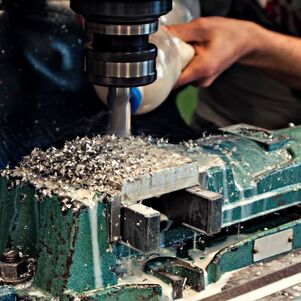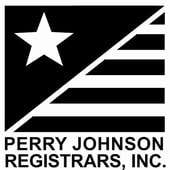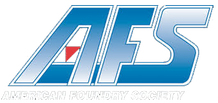2 Comments
 Farley, IA – Lund Manufacturing is excited to announce Jamison Lund as President of their manufacturing company headquartered in Farley, Iowa. A fifteen-year veteran of the company, Lund began his career at Lund Manufacturing in 2003 working in operations. Over the years, he has expanded his role to include sales, strategy and leadership. “I am humbled to fill the shoes my dad has filled for the past 23 years. I have always treated this company as my own, and I’m excited for what the future has in store for all of us here,” explained Lund. Lund earned his bachelor of arts degree in marketing from Viterbo University and an MBA from Clarke University. He will succeed his father, Randy Lund, as president. Randy will continue to be employed by Lund Manufacturing as Chief Operating Officer.  People’s careers can take them on a long and winding path. Some people know exactly what they want and have all the resources they need to get that out of their career. Others have to figure things out as they go and don’t know if they’re a fit for a position until they’ve tried it. Most people rule out a career in manufacturing (especially die casting) without considering how many opportunities are available. As a result, wages, benefits, and opportunities for growth in die casting continue to increase at higher rates than most industries. The first problem that manufacturers face is getting employees in the door. But once in many realize they enjoy what they’re doing, stay on, and make a career for themselves. This idea is proven by the fact that the average current time of service for Lund employees is 6.3 years and that number continues to grow. In fact, 27.0% of our current employees have been here for over 10 years. In order to get people in the door though many manufacturers, Lund included, are offering very competitive wages and benefits. In eastern Iowa Manufacturing wages are skyrocketing. When asked why she started at Lund one CNC operator responded “I had worked in manufacturing but I had to be convinced to become a machinist. After I started I realized that I really liked it. I like the hours and I like the job and the fact that there’s always at least 40 hours of work. Plus, the benefits. When my husband lost his job and his insurance I was able to convert us to the insurance here. That made a big difference!” She continued, “I also like the fact that there’s a lot of overtime available to us.” One thing many don’t consider is how much money they could be making working overtime. With a starting wage of $14/hour for die casters, working just one hour of overtime a day can add up to an extra $5,000 a year. As a person’s wage grows so does their overtime benefit. Once a person has accepted a position in manufacturing they realize that there’s a lot of opportunity for them. At Lund we currently have several people who have taken an entry level starting positions in manufacturing and are now Supervisors, Setups, or in Quality Control. In fact, we fill these positions almost exclusively from within. We’re always looking for people to take on new roles and we enjoy assisting them and seeing them grow their careers in our organization. Add to that, manufacturers are looking for ways to increase their employees’ productivity so additional growth opportunities exist for maintenance, programming and robotics. Ed who started out in production and who now works in the Tool Room and with the CNC’s says, “I like the fact that I’m doing something different every day. There’s a lot of diversity in my work and there’s a lot of room for advancement. As you advance so do your wages.” He continues, “There’s always something to learn from programming, to pneumatics, to robotics there’s always a way to grow your skills.” When asked what he likes best in his position, Ed responded “What’s most gratifying is when I can fix a tool that comes in and need repairs. But after I fix it, a job that took 4 people before, now only takes 1.” So why don’t people consider a career in die casting? They don’t realize how many opportunities there are for them to earn a very competitive wage with great benefits for something that is relatively easy to get into. At Lund, we’re trying to do what we can to educate people. In addition to continuously searching for new team members we’ve also offered some high schoolers (among others) the opportunity to walk through our facility and see what kind of jobs there are. Here at Lund Manufacturing we make it our goal to get people into manufacturing and help them develop a career that helps them go as far as they want to go. Rarely do we meet anyone who spends all their time designing die castings. For that reason many product designers need a few tips. Adherence to the following suggestions will save time, money, and headaches during the tooling and production processes:
|
Archives
April 2021
Categories |
Member of: |
Lund Manufacturing Co. Inc. is a custom aluminum and zinc die cast manufacturer located in Farley, Iowa.
|



 RSS Feed
RSS Feed

